What is the tolerance range of precision screws?
What is the tolerance range of precision screws?
Service Hotline
+86760-8787 8587We have more than ten years of experience in the production of screw industry, the main products are: self-tapping screws, flat head hollow, large flat head hex socket head bolts, hex half threaded bolts, flat head inner and outer half hex rivet nuts, cap/cap nuts, disc screws Caps, trademark nameplate rivets, connecting rod spacers, 316 nuts, hexagonal inner aluminum columns with external teeth, JISB1213 rivets, T-slot blocks, connecting column speed machine nuts, 304 six-jaw grounding gaskets and other fasteners, due to the product The materials and specifications are different, and the prices are also different. Please contact us if you need it.


The earliest rivets were small pegs made of wood or bone, and the earliest metal variants may be the ancestors of what we know as rivets. They are without a doubt the oldest known method of joining metals, dating back as far as the earliest use of malleable metals, eg: Bronze Age Egyptians riveted the six wooden sectors of the outer lines of a slotted wheel with rivets Fastened together, after the Greeks had succeeded in casting large statues in bronze, the parts were riveted together with rivets.
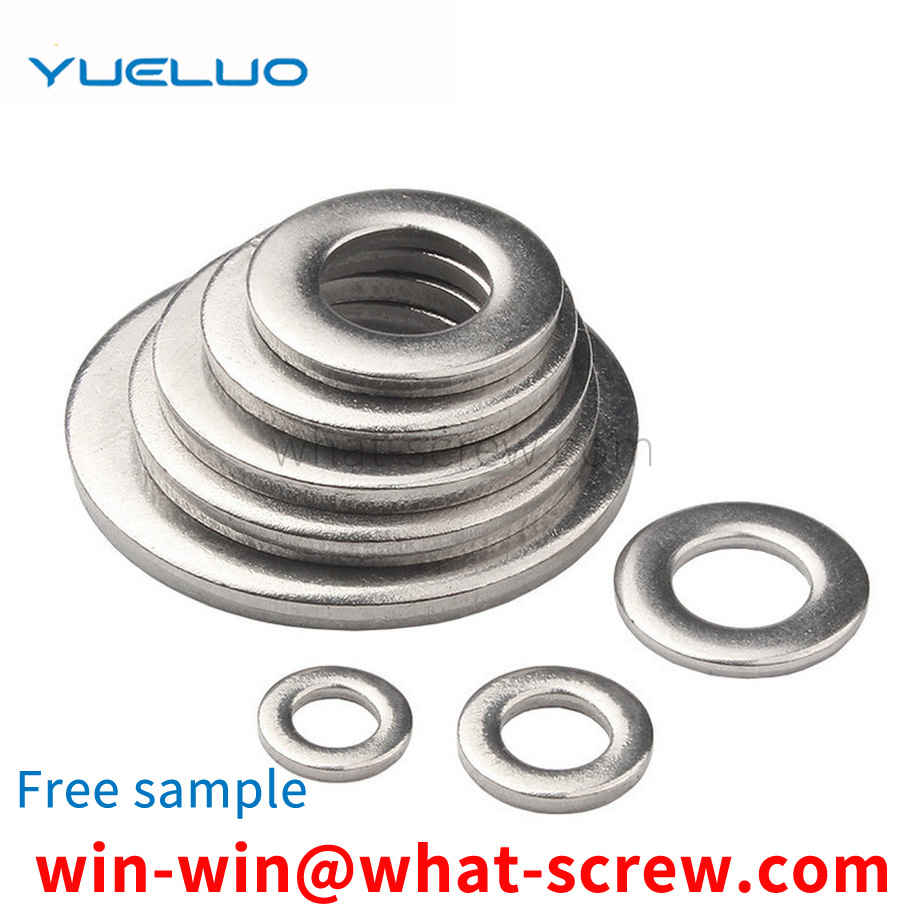
Gears, mechanical components with teeth on the rim that can continuously mesh to transmit motion and power, are mechanical parts with teeth that can mesh with each other. The gears used in industry are generally made of steel. The commonly used steels are quenched and tempered steel, hardened steel, carburized and quenched steel and nitrided steel. The strength of cast steel is slightly lower than that of forged steel, and it is often used in Larger-sized gears; gray cast iron has poor mechanical properties and can be used in light-load open gear transmissions; ductile iron can partially replace steel gears; plastic gears are mostly used in places where light loads and low noise are required, and are matched with them The gears are generally made of steel gears with good thermal conductivity.
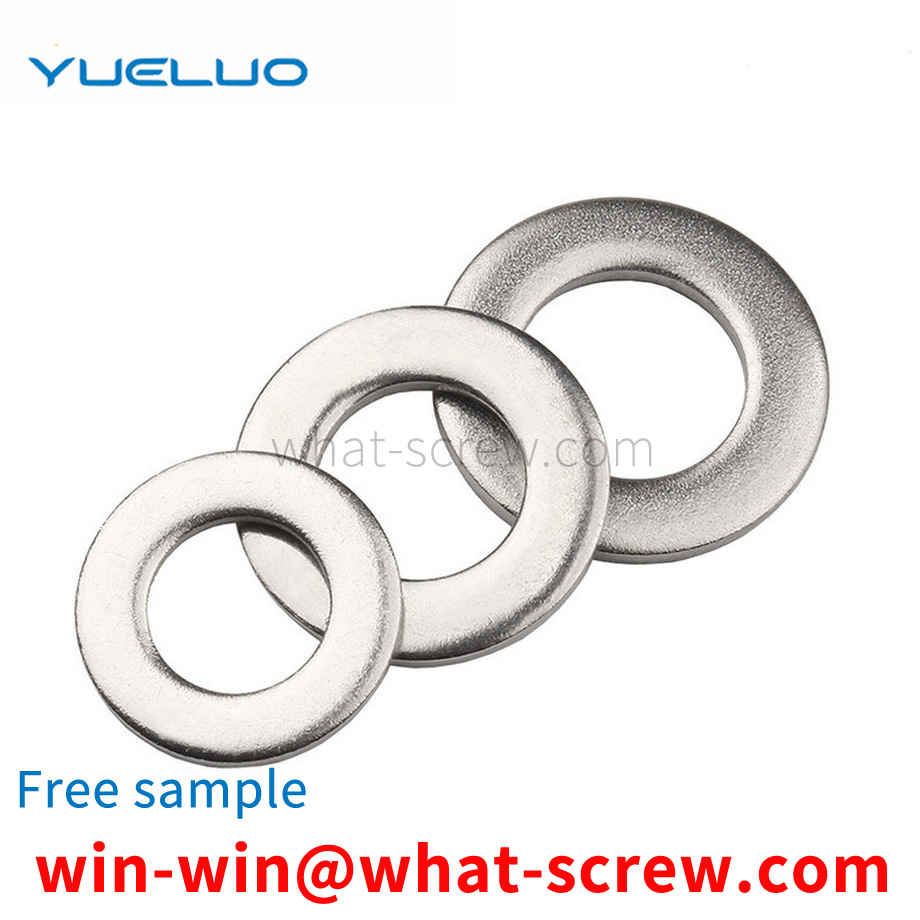
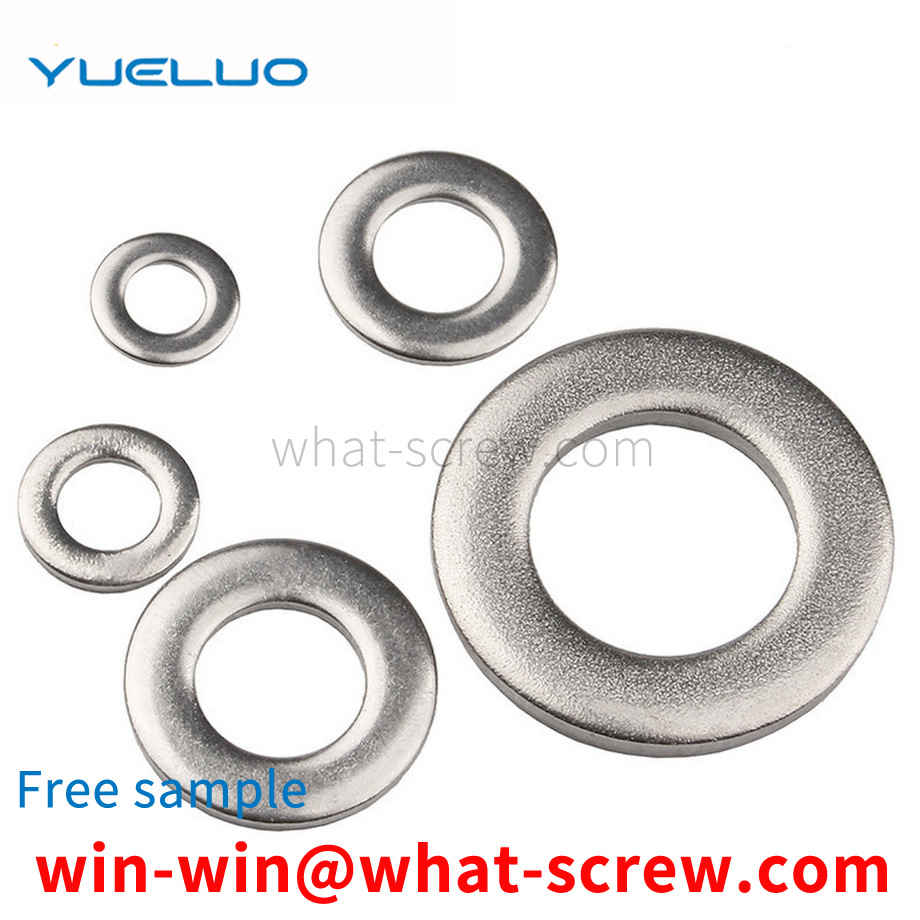
2. Wall panel nails 1. Hardness of the heart: Standard: HRC24-45. 2. Surface hardness: Standard: HV600-800. 3. Carburized layer: 4#-6# 0.05-0.18mm, 8#-12#0.10-0.23, 14# 0.13-0.28. 4. Bending degree: the requirement is 150-450 5. Salt spray test: generally MIN 48h. 6. Torque: Specification 6#7#8#10# Torque 21283558. 3. Drilling screw 1. Hardness of the heart: Standard: HRC32-40 The actual measurement of the company's products is HRC31.7-39.0. 2. Surface hardness: Standard: HV600-700 The actual measurement of the company's products is about HV620. 3. Hard penetration layer: 4#-6#: 0.05-0.18mm 8#-12#: 0.10-0.23mm 14#: 0.15-0.28mm 4. Torque: specification, drill tail, screw, TYPE BSDTYPE CSDINCH-LBKG- CMINCH-LBKG-CM4# (2.9) 141614166# (3.5) 242824288# (4.2) 4248485510# (4.8) 6170657512# (5.5) 9210610011514# (6.3) 150173156180.
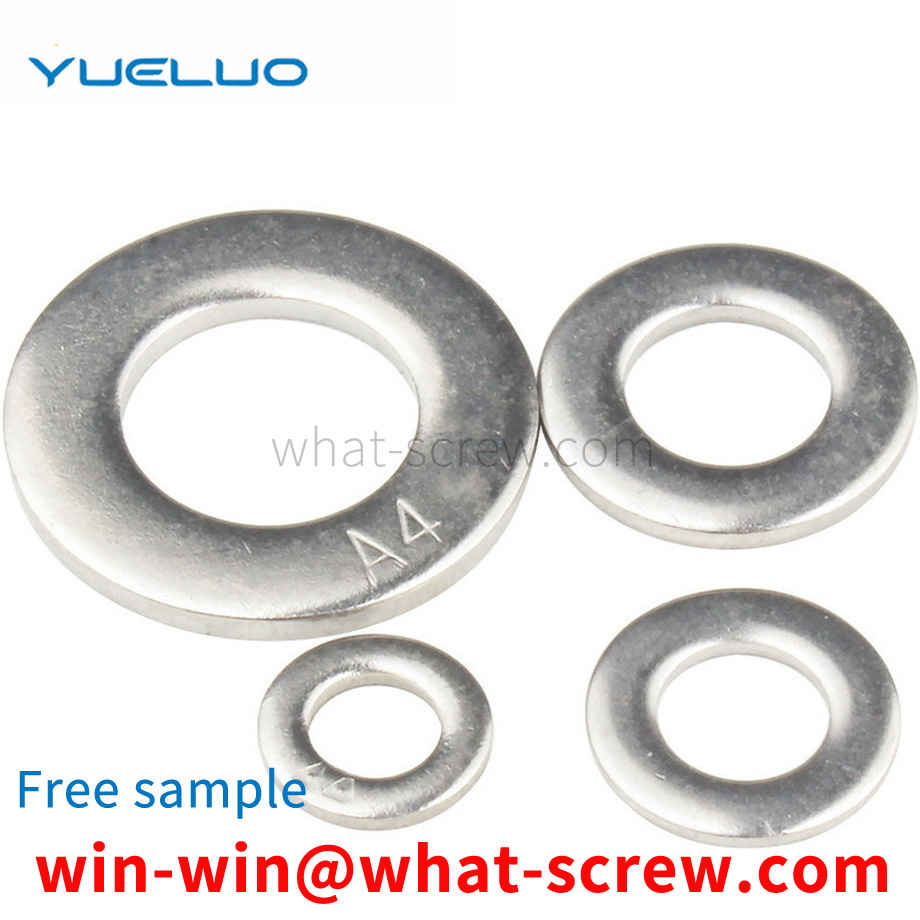
Each self-tapping screw is composed of three parts: the head, the shank and the end of the shank. The composition of each self-tapping screw has four major elements: head shape, wrenching method, thread type, and end form. 1. Head Shapes There are various head shapes. There are round head (semi-round head), flat round head, round head flange (with pad), flat round head flange (with pad), pan head, pan head flange (with pad), countersunk head, semi-countersunk head, Cylinder head, spherical cylinder head, horn head, hexagonal head, hexagonal flange head, hexagonal flange (with pad) head, etc. 2. Wrenching method The wrenching method refers to the way of twisting the head of the screw when installing and tightening the screw. There are two basic methods: external wrench and internal wrench. Generally speaking, external wrenching will allow more torque than any form of internal wrench (internal groove). External wrench: hexagon, hexagonal flange surface, hexagonal flange, hexagonal flower shape, etc.; internal wrench: flat groove, cross groove H type, cross groove Z type, cross groove F type, square groove, compound groove, inner flower Key, inner hexagon flower, inner triangle, inner hexagon, inner 12 corner, clutch slot, six-blade slot, high torque cross slot, etc. 3. There are many types of threads, including self-tapping threads (wide thread), machine threads (ordinary threads), drywall screw threads, fiberboard screw threads, and some other special threads. In addition, threads can be divided into single-lead (single-end), double-lead (double-end), multi-lead (multiple-end) and high-low thread double-end threads. 4. Terminal form There are two main types of terminal form: tapered end and flat end. However, according to the needs of use, at the screw-in part of the end, grooves, grooves, incisions or parts with a similar drill shape can be processed with cutting function. In some standards, it is also a tapered end or a flat end, and there are different forms such as a rounded end.
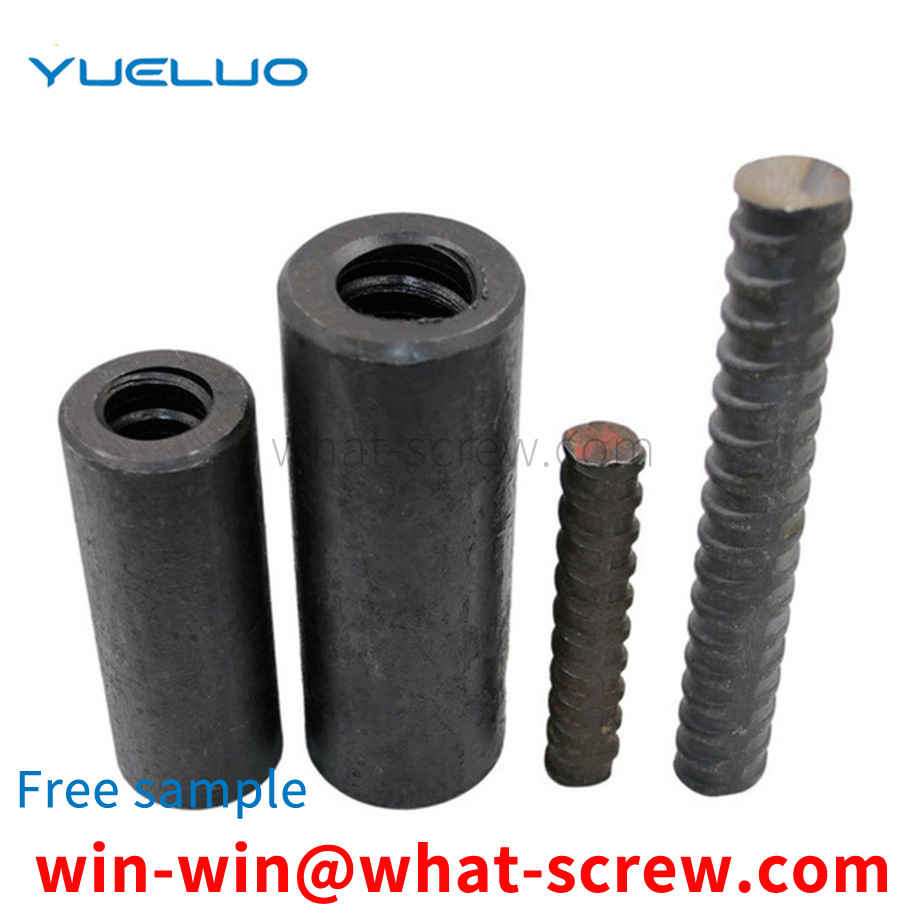
The above content is uploaded by Yueluo or the Internet. If there is any copyright issue, please contact [email protected].

What is the tolerance range of precision screws?

How to choose the right stainless steel screw manufacturer?

Why is there an R angle under the head of the hexagon head s...

We have more than ten years of experience in the production ...

We have more than ten years of production experience in the ...

We have more than ten years of experience in screw industry ...

We have more than ten years of experience in screw industry ...